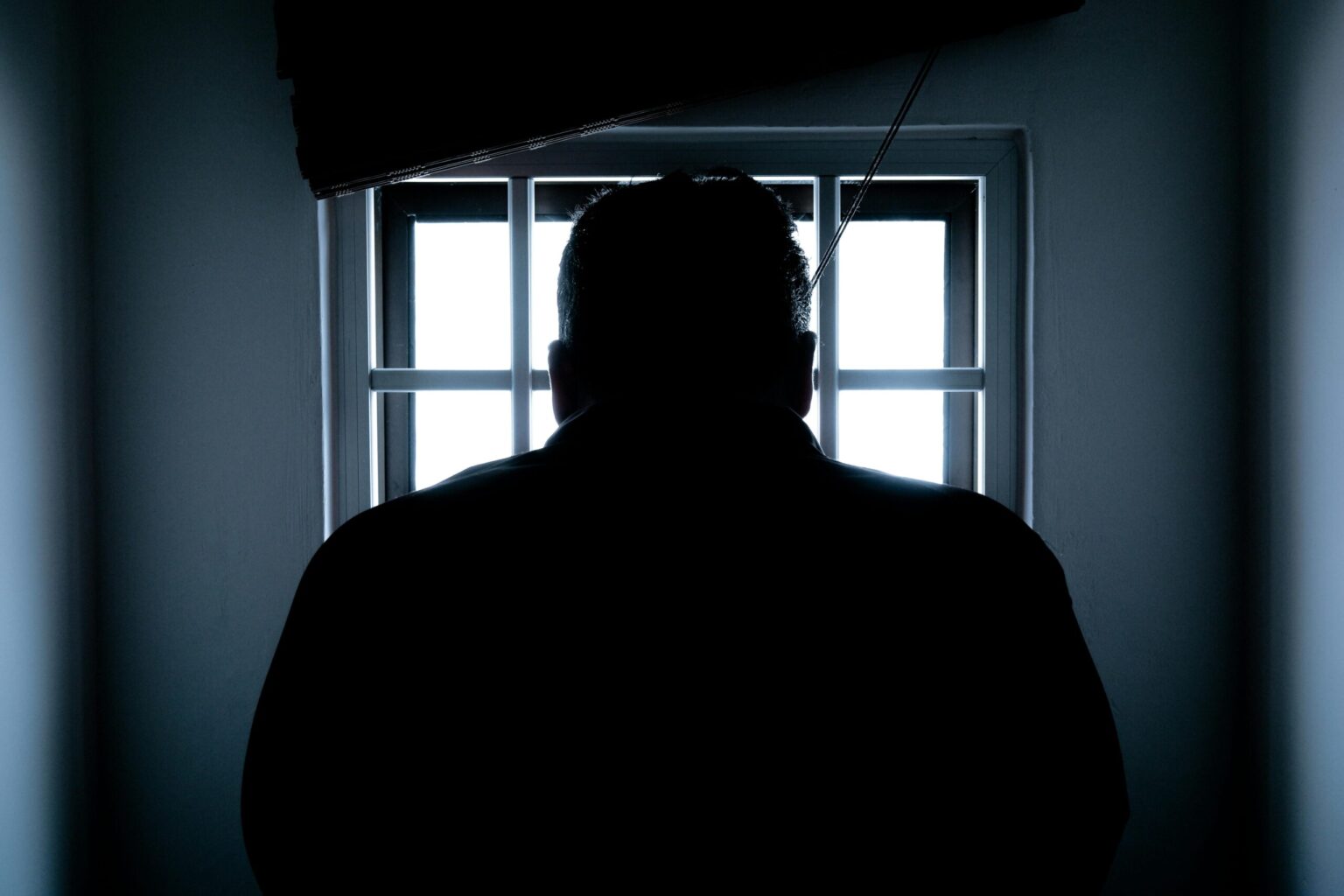In an unprecedented legal development, a high-profile case has gripped the attention of cryptocurrency investors and legal analysts alike. The complex and alarming allegations involving digital currencies present a cautionary tale about the vulnerabilities in the crypto ecosystem and highlight the critical importance of security and trust.
Allegations of Kidnapping and Cryptocurrency Theft
The legal proceedings center around two individuals accused of a shocking crime. John Woeltz, aged 37, was recently released from Rikers Island after posting a $1 million bond following two months of incarceration. His alleged accomplice, William Duplessie, remains held as the case continues to unfold. The accusations detail a grim narrative of kidnapping a young Italian crypto trader, Michael Valentino Teofrasto Carturan, and coercively obtaining access to his cryptocurrency assets.
Details of the Case
According to the accusations, Woeltz and Duplessie held Carturan captive for three weeks in a Manhattan townhouse. During this period, they confiscated his electronic devices and passport, effectively isolating him from accessing his substantial cryptocurrency holdings. Allegedly, the pair documented their scheme in a written manifesto, revealing their intention to commandeer Carturan’s bitcoin valued at approximately $100 million.
Woeltz’s release came after his family posted a combined sum of cash and property to meet the bail requirements set by the Manhattan Supreme Court. As a condition of his release, Woeltz must remain under strict house arrest, barring outings for medical needs, legal consultations, or emergencies, and he is required to wear an electronic monitoring device.
Defense Strategies and Legal Assertions
Both defendants have entered not guilty pleas to the serious charges of kidnapping and torture. The defense posits an unusual argument, likening the incident to “fraternity-like hazing,” where Carturan was purportedly engaged in a form of initiation. They assert that the treatment he endured was comparable to conventional college induction practices.
Contrary to these claims, prosecutors provide a narrative of severe abuse. They allege Carturan suffered physical assaults, including beatings with electric wires, head injuries inflicted with a firearm, and threats of murder. Particularly harrowing accusations include Carturan being physically dangled from a stairway as his captors threatened his life. After a dramatic escape, Carturan reported further degrading treatments, including enforced drug consumption and humiliating acts.
Implications and Court Proceedings
The gravity of the allegations underscores a broader conversation around cryptocurrency security and personal safety. As digital assets gain value and prevalence, the need for robust security measures becomes ever more apparent. Legal experts emphasize that while sophisticated security plans are critical, they are not foolproof against every conceivable threat.
The next court hearing is scheduled for October 15. Such prolonged pretrial proceedings, particularly in cases with significant public and financial interest, are not uncommon. Observers of the case highlight it as a poignant reminder of the vulnerabilities associated with holding substantial digital wealth.
Frequently Asked Questions
How can cryptocurrency holders protect themselves from similar threats?
Cryptocurrency holders should implement multi-layered security protocols, including strong, unique passwords, two-factor authentication, and secure, offline storage solutions for substantial digital assets. Regular security audits and awareness of the latest threat vectors are also recommended.
What legal repercussions could the accused face if convicted?
If found guilty, the defendants could face extensive prison sentences given the severity of the charges, which include kidnapping and torture. The precise penalties would depend on the outcomes of the legal proceedings and determinations made by the court.
Is investing in cryptocurrencies inherently risky?
While cryptocurrencies offer significant investment potential, they also come with risks, including market volatility, regulatory changes, and security threats. Investors should conduct thorough due diligence and remain informed about market trends and technological developments.
This comprehensive exploration into the allegations surrounding John Woeltz and William Duplessie underscores the intricate intersection between technology, security, and legal accountability. As the case proceeds, its developments are likely to continue providing critical insights into the risks and necessary precautions associated with cryptocurrency investments.

